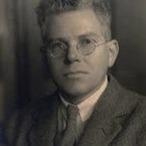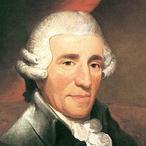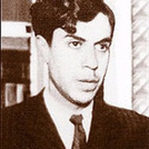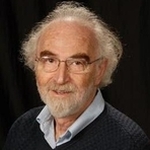|
What is happening to the Honeybee? Why are they disappearing, and what does that mean for us? The videos below give some information about the fate of the bees. Pestacides, disease and "colony collapse disorder" all play their part in this continuing issue. Jeff Pettis, Research Leader at the USDA Bee Lab states that:
“We obviously think it’s more complicated than we first believed as in we don’t believe that we’re looking for a single virulent pathogen, although that can’t totally be ruled out. At first we were thinking that we’d find a single causative agent, a virulent pathogen sweeping through the bee population, and that doesn’t appear to be the case.” Worringly, this is the fourth year in a row in which there has been a decline in the bee population. In the U.S. in 2007, beekeepers lost 32 percent of their colonies. In 2008 they lost 36 percent. In 2009, 29 percent. It is highly likely that this year, the decline will be as bad or worse. In many cases, when a hive has been abandoned, the remaining honey is not being taken by other bee colonies. This is also worrying as it is normal for bees to take honey from a failed colony. If the bees don't want it, surely there must be something wrong with it! From a human perspective, many people make their living from bee-keeping, and from crop-farming. Without polination, crops are at risk, and those making their living from the production of honey could also loose their livelihoods. This is a big probem for third world countries. The organisation Bees for Development are doing good work in this area. Please check out their website.
0 Comments
|
Categories
All
Archives
November 2013
|
MOST VIEWED POSTS
© James Edward Hughes 2013
 RSS Feed
RSS Feed





